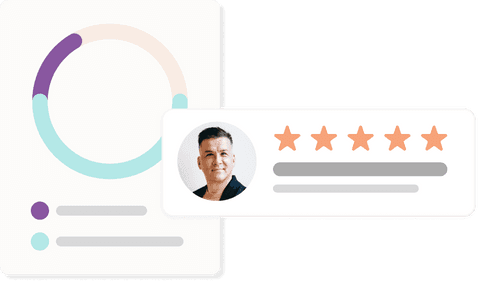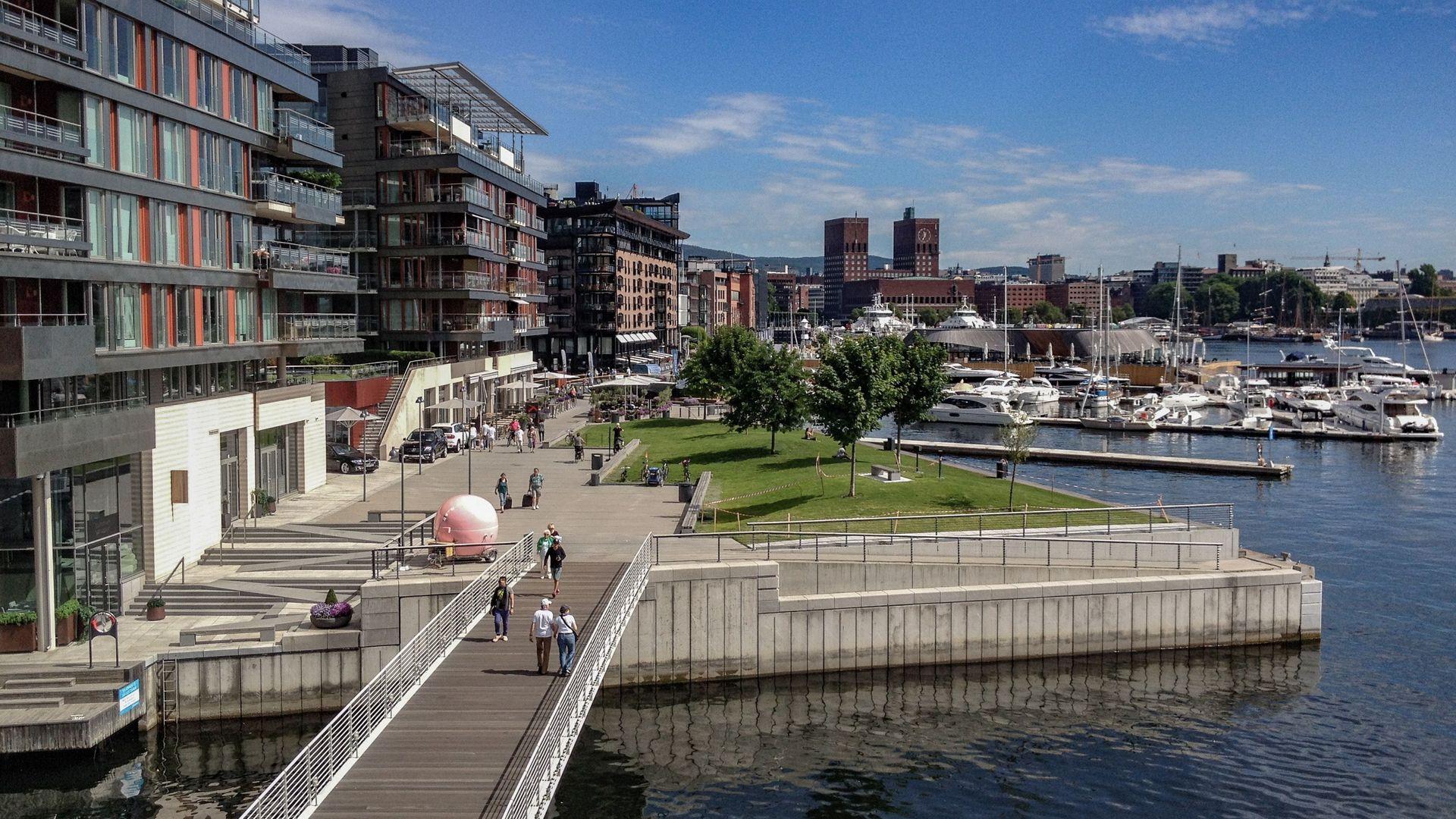
Selvaag Real Estates Autopay adoption
Bjørn Bratt-Aanensen, director of commercial real estate operations at Selvaag Eiendom, about Autopay Free Flow.
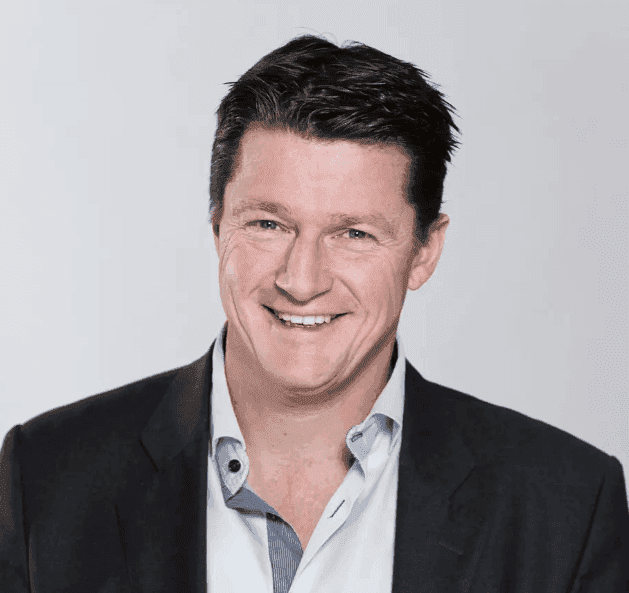
Selvaag Eiendom develops, rents out and operates properties with a sustainable perspective. They are concerned with initiative, honesty, creativity, and having a forward-looking attitude towards innovation.
Bratt-Aanensen is responsible for the operation of all the properties of Selvaag Eiendom. This includes upgrades, refurbishment, and making sure that the technical equipment is as good as possible. This also includes parking: finding suppliers and systems that simplify administration and secure income as best as possible.
Like most others, Selvaag Eiendom used barriers and payment machines, before they introduced Autopay in 2020. How was the transition between the old-fashioned and the state-of-the-art?
– Some of the decisions regarding the establishment of barriers as part of the parking control were taken in the period 2010-13, and at that time, many were probably skeptical about entrusting all control to license plate recognition. Many probably feared that "no one will pay". Turns out there has been such an enormous technical development in just 3-4 years, that we have replaced all the barriers with new equipment, several years before the standard service life was reached, explains Bratt-Aanensen.
Autopay in daily operation at Selvaag Eiendom
They used to have challenges with barriers and card readers, and when they had early plate recognition for the barriers to go up, they often ended up having to leave the entire facility open, with associated lost income.
– Now the income has increased, and more users are being registered. If the numbers had gone down in a rising market, I would have been skeptical. In that sense, I am confident that what needs to be read, is in fact being read. So, if we theoretically lose some of the cars now, it amounts to very little in relation to the loss of income from having a barrier up for 2-3 hours.
Bratt-Aanensen is satisfied with the security of the system, and is certain that all passes are recorded. But do the drivers understand the solution? Both in relation to the fact that it is safe, that they are charged correctly, and that they understand how to pay?
– That is my impression. It has been a steep learning curve and maturation, in just two years. When we introduced Autopay at Tjuvholmen, there was some uncertainty, but it cleared up quite quickly. Today, we experience little uncertainty, and we also have no questions about the system. The users perceive that the system can be trusted.
Bratt-Aanensen goes on to say that they have tested dirty signs of varying degrees without this causing any problems with being registered.
– An advantage of the new camera solutions is that we now have the opportunity to take pictures of the plates both in front and behind. 4-5 years ago you only took the front plates, now you take both the front and rear plates.
Bratt-Aanensen praises the technology and the online user interface.
– I think both the technical structure and the user interface is intuitively laid out. Everyone establishes their own private profile, and through that profile you get both parking access and administration access.
Related articles

Autopay at Quartier Heidestrasse in Berlin
Quartier Heidestrase is a state of the art modern development in the north-western part of Berlin-Mitte.
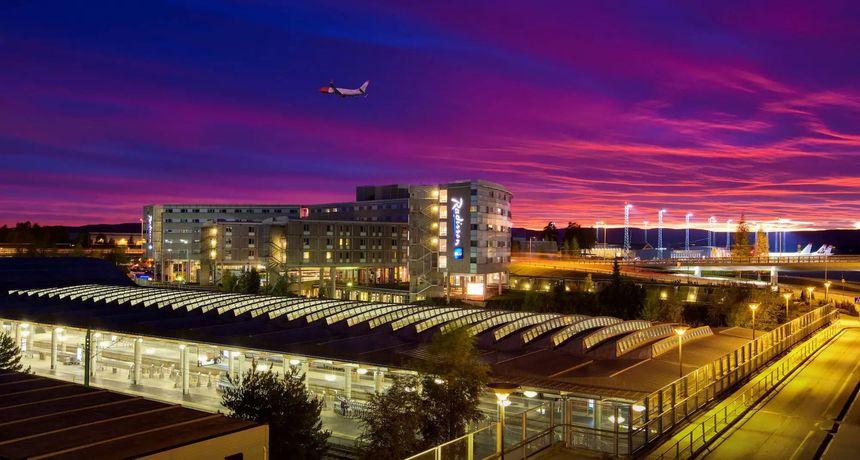
Autopay at Radisson Blu Airport Hotel Gardermoen
Within walking distance from the Airport terminal, the Radisson Blu Airport Hotel is an ideal spot for conferences, overnight stays in connection with flights, and also parking.
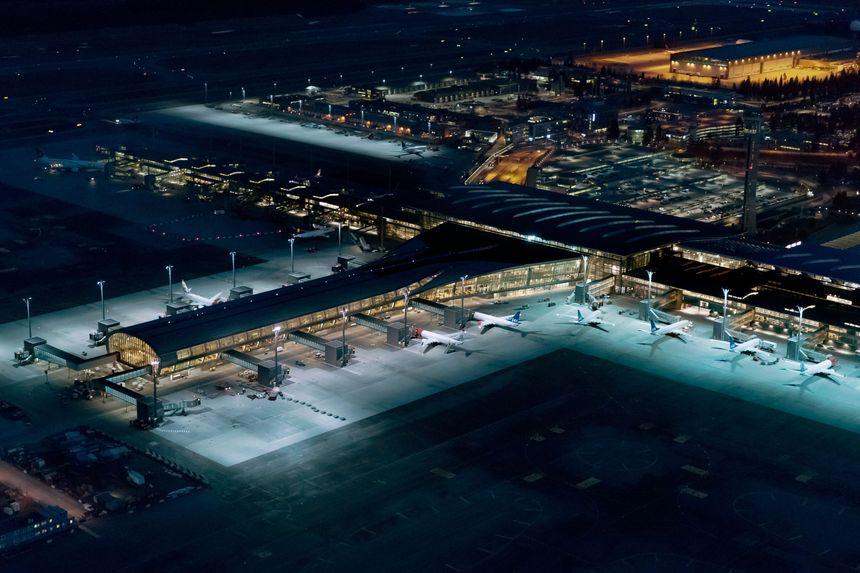
Future-proof parking technology for Oslo Airport Gardermoen
It’s been several years since Autopay and operating partner Onepark won the tender ahead of the competition, and replaced barriers with free flow ANPR technology.
